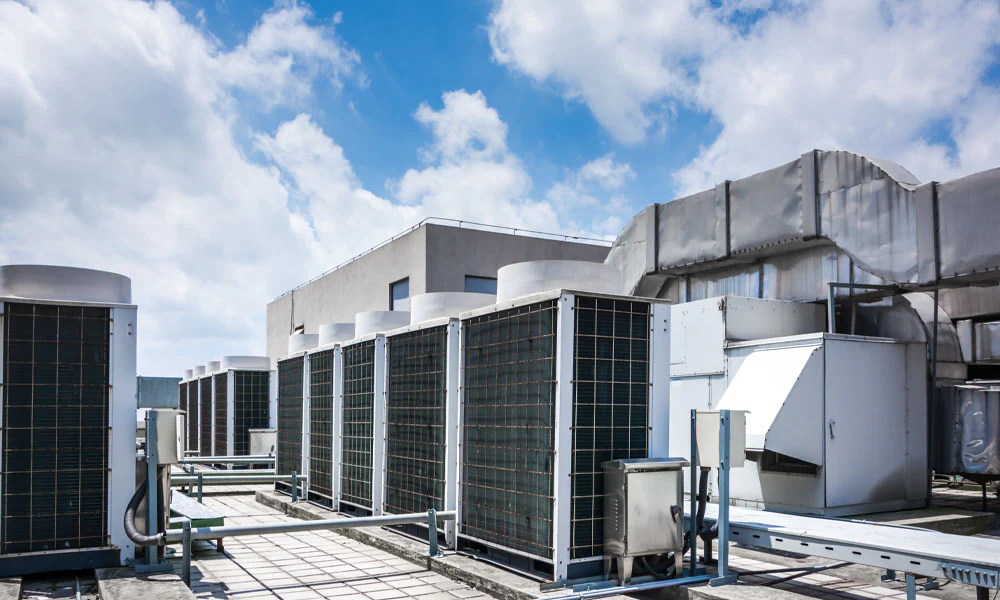Dust control is a crucial factor in maintaining a clean and safe environment in food processing plants. Uncontrolled dust can affect product quality, shorten equipment life, and pose health risks to employees. It can also create compliance challenges with regulatory bodies. Since dust particles can contaminate food products and disrupt production, managing them effectively is vital for ensuring product safety and maintaining high operational standards. Proper dust control strategies are essential for ensuring a safe and hygienic operation, minimizing the risk of contamination, and maintaining high production standards.
Sources of dust in food processing
In food processing plants, dust is commonly generated from raw materials like grains, flour, and sugar during handling, mixing, and transportation. Other operations, such as grinding, cutting, and packaging, generate dust. If not properly controlled, this airborne dust can contaminate products, accumulate on equipment, and lead to mechanical breakdowns, resulting in costly maintenance and production delays. Understanding where dust originates is the first step to controlling it. By identifying high-risk areas, plant operators can take targeted actions to reduce the spread of dust and protect both their products and employees from contamination risks.
Implementing localized dust collection systems
One of the most effective ways to manage dust is through localized dust collection systems. These systems capture dust at the source before it spreads through the air. Installing BossTek dust collectors near mixers, conveyors, and packaging lines helps remove airborne particles from the environment, preventing them from contaminating products or machinery. Several types of dust collection systems are available, including cyclonic dust collectors, baghouse filters, and cartridge filters. The choice of system depends on the plant’s specific needs, such as the type of dust being generated and the facility’s layout. Routine maintenance of dust collection systems is essential to ensure they continue to operate effectively and don’t contribute to dust problems themselves.
The role of HVAC in dust control
HVAC systems play a vital role in dust control by regulating air quality throughout the plant. An efficient HVAC system, equipped with high-efficiency particulate air (HEPA) filters, can trap even the smallest dust particles, preventing them from recirculating within the facility. Maintaining appropriate air pressure in different parts of the plant is also critical. Positive pressure in clean areas helps keep dust out, while negative pressure in dust-prone zones can help contain the particles. Regular inspections and maintenance of HVAC systems, including replacing clogged filters, ensure these systems continue to provide effective dust control.
Hygienic design and good housekeeping
Hygienic design is another crucial element in minimizing dust. Equipment and facilities should be designed with smooth, non-porous surfaces that are easy to clean. Regular cleaning schedules must be implemented to prevent dust accumulation on surfaces. In food processing environments, dry sweeping should be avoided, as it can spread dust. Instead, wet cleaning methods, such as mopping or using industrial vacuums with HEPA filters, are preferred. Ensuring that employees are trained on proper cleaning procedures is also essential for maintaining a clean and dust-free environment. Good housekeeping practices, when consistently applied, reduce the risk of cross-contamination and promote overall cleanliness.
Controlling dust in food processing plants is essential for ensuring product quality, maintaining regulatory compliance, and safeguarding employee health. By implementing a combination of localized dust collection systems, effective HVAC solutions, hygienic design, and rigorous housekeeping practices, food processing facilities can create a cleaner, safer, and more efficient environment.


